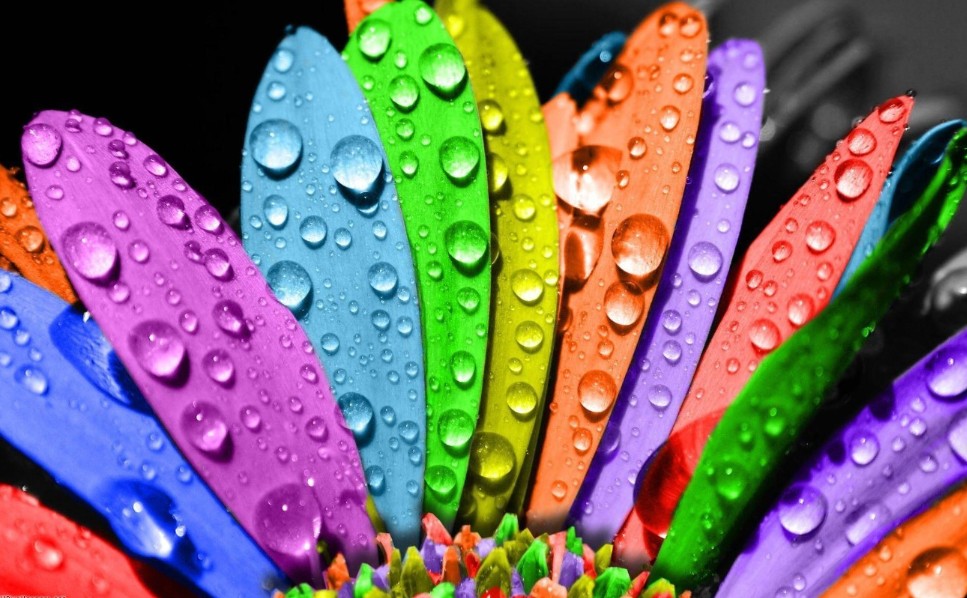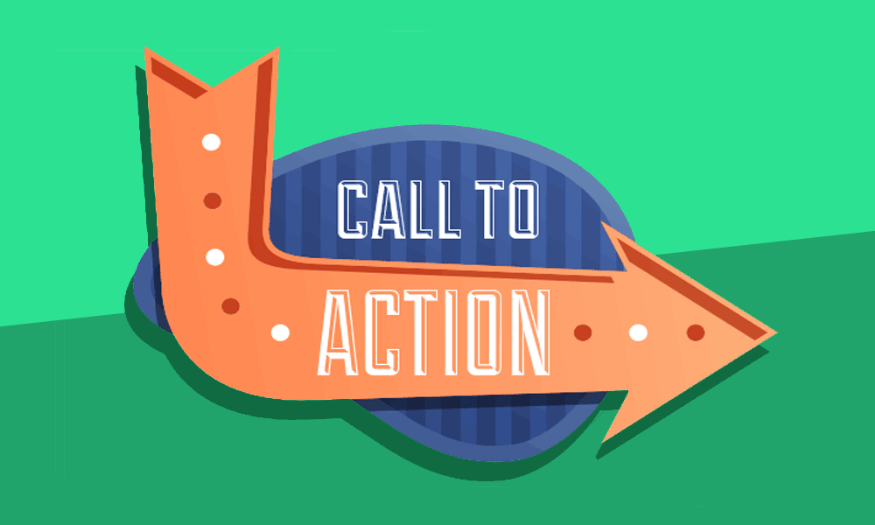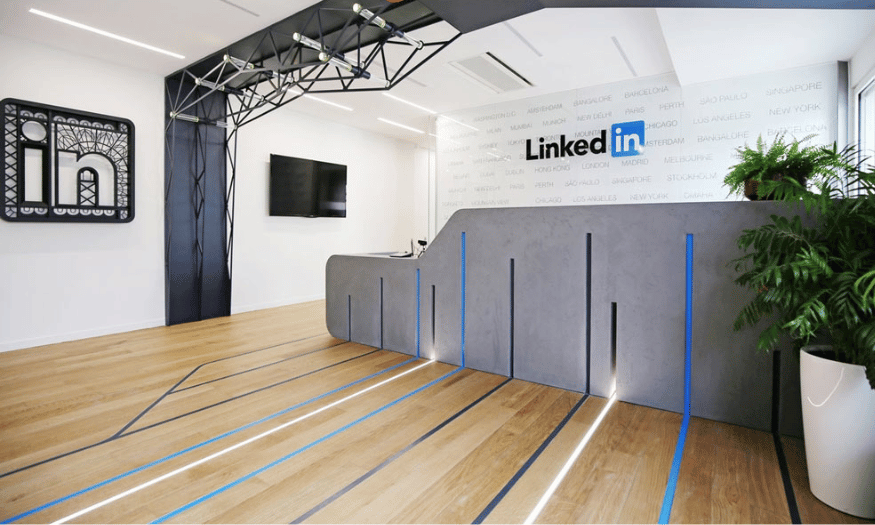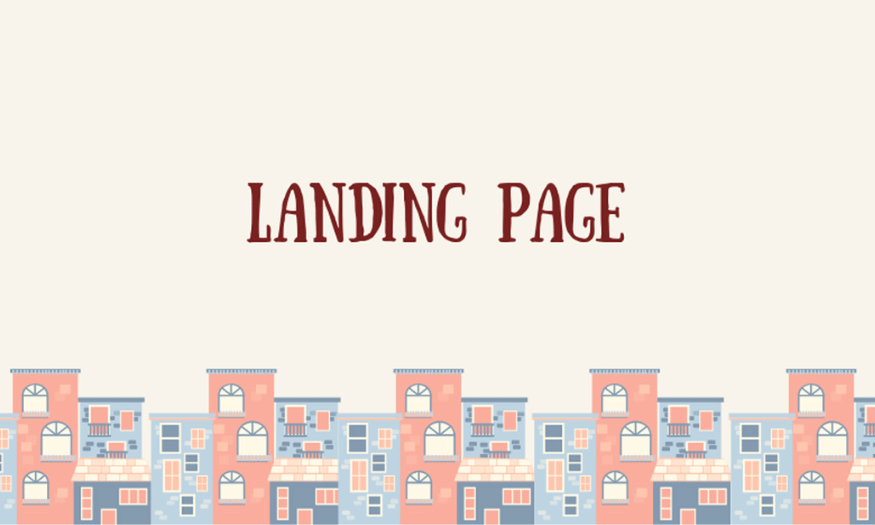Best Selling Products
Graphic Design Tips for Design Newbies
Nội dung
- 1. The importance of fonts in design
- 2. Keep a balance between text and images
- 3. Learn color theory
- 4. The importance of white space
- 5. Don't underestimate simplicity
- 6. Turn the grid into a reliable tool
- 7. Create a highlight for the design
- 8. Pay attention to contrast
- 9. Make a detailed work plan
- 10. Create a clear structure
- 11. Enhance aesthetics
- 12. Combined with other elements
- 13. Conclusion
In the ever-evolving world of graphic design, mastering the basic tips and skills is important, especially for beginners. The design industry requires not only creativity but also a solid foundation of knowledge about color, layout, and design software. In this article, Sadesign will provide you with useful design tips, helping you feel more confident in creating impressive and professional graphic products. From choosing the right tools to organizing ideas, this information will be an important asset for those who want to step into this exciting field.

In the ever-evolving world of graphic design, mastering the basic tips and skills is important, especially for beginners. The design industry requires not only creativity but also a solid foundation of knowledge about color, layout, and design software. In this article, Sadesign will provide you with useful design tips, helping you feel more confident in creating impressive and professional graphic products. From choosing the right tools to organizing ideas, this information will be an important asset for those who want to step into this exciting field.
1. The importance of fonts in design
Text is one of the most prominent and important elements in any design. The choice of font not only affects the aesthetics but also determines the readability of the message you want to convey. The right font will help the viewer easily access information, while the wrong font can make them feel uncomfortable and confused.
When combining multiple fonts, it is best to choose fonts from the same family to create consistency. A good design should only include 2-3 different fonts. This not only creates harmony but also helps viewers easily recognize your brand and key message. If you use too many fonts, your design can become confusing and unprofessional.
Always consider the overall style of your design when choosing a font. Readability should be a priority, not just aesthetics. Complicated, detailed fonts can be distracting, so choose simple, easy-to-read fonts to ensure your message is conveyed effectively.
2. Keep a balance between text and images
When designing, it is essential to combine visual and textual elements in a harmonious way. Too much text or images is not a good choice, as it can make your design confusing and unpleasant. In particular, you should not put too much text on your product. Instead, summarize the main points and divide them into different sections.
Short lines of text are often more aesthetically pleasing than long paragraphs, making it easier for viewers to grasp information. The use of white space is also important, as it helps to highlight design elements and makes the viewer feel comfortable. A design with a clear and logical layout will attract attention and leave a better impression.
Also, consider the size and placement of the text within the overall design. Text should be placed in a prominent position and not obscured by visual elements. This not only improves readability, but also creates balance in the design, making everything more harmonious and pleasing to the eye.
.png)
3. Learn color theory
Color plays an important role in creating emotions and conveying messages in graphic design. You might think that professional designers use color randomly in their work, but that is not the case. After forming the main style of the entire work, the designer will have to choose a suitable color palette to highlight the communication message.
According to the principles of color, a perfect design usually has a combination of 1-3 primary and secondary colors. The contrast between colors is also an important technique, helping to create appeal in the design. The contrast between warm and cool colors often creates a strong effect and attracts the attention of the viewer.
You should also pay attention to color psychology to stimulate your customers' emotions. For example, blue often brings a sense of security and trust, while red can stimulate attention and strong emotions. Choosing the right color will not only help highlight the message but also create a lasting impression on the viewer.
4. The importance of white space
White space is an incredibly important design element that allows a design to “breathe” and create a sense of comfort for the viewer. When you cram too many letters, images, or objects into a limited space, the result can be a cramped and unsightly design. Leaving space between elements not only adds aesthetic appeal, but also draws attention to the most important elements.
By creating white space, you can easily group or separate different items, highlighting the main message you want to convey. This also makes it easier for viewers to follow the content without being overwhelmed. A clear space will help viewers feel more comfortable and easier to receive information.
Remember, white space is not empty space. It can be used strategically to create focus and guide the viewer’s eye. When you use white space wisely, you create a more harmonious and effective design space.
.png)
5. Don't underestimate simplicity
Many people think that a good design must be complex, with many elements and details. However, the reality is that when every corner of the work is occupied by some element, the main idea is easily buried. Minimalism in graphic design is actually a priority, helping to highlight the message you want to convey.
A prime example of minimalist design success is Apple products. Their websites, products, and social media images are always designed with a simple yet effective style. Although there are not many complex details, Apple's designs still achieve a strong communication effect, attracting the attention of consumers.
Simplicity not only helps to highlight the message but also creates a pleasant feeling for the viewer. A minimalist design can convey an idea clearly and directly, without having to overcomplicate things. Remember that sometimes, less is more, and simplicity can be very powerful in design.
6. Turn the grid into a reliable tool
Alignment is one of the key design principles that helps create structure and balance in visual elements. However, balancing all the elements in a design with the naked eye is not easy. To help you solve this problem, a very effective graphic design trick is to use a grid.
Most design software now has a grid option, and all you have to do is turn it on. Grids help you align elements more precisely, creating balance and harmony in your design layout. By using a grid, you can easily determine the position of elements, creating a tighter and more visually pleasing design.
Additionally, grids help you maintain consistency in your designs. When you have a clear structure, it is easier to change or add new elements without losing balance. Use grids as a useful tool in your design process to achieve the best results.
.png)
7. Create a highlight for the design
In graphic design, creating a clear focal point is essential to drawing the viewer’s attention. One of the most effective ways to achieve this is through experimenting with the size of elements. Changing the size of text, icons, or images can make your work stand out and be much more engaging.
Use larger fonts for important keywords. This tip is simple but effective in guiding the audience’s eye. Highlighting key elements not only helps viewers easily identify the message, but also adds depth to the design, making it more coherent and easier to understand.
In addition to changing the size, you can also combine other elements such as color and shape to emphasize the focus. The harmonious combination of these elements will create an attractive and accessible design, thereby highlighting the message you want to convey.
8. Pay attention to contrast
Contrast is a fundamental element of graphic design. Without contrast, your work can become dull and uninteresting. Contrast not only helps images stand out, but it also creates distinction between different elements in your design.
You can change contrast through colors, fonts, shapes, and more. For example, using contrasting colors to highlight the background of an image can create depth and help viewers easily identify important elements. Experiment with different textures and colors to find the perfect combination for your design.
Contrast can also be applied to the proportions and alignment of elements. When you combine elements with the right amount of contrast, your design becomes more dynamic and engaging, helping to grab attention immediately.
.png)
9. Make a detailed work plan
Creating a design plan before you start working is an important element of learning graphic design. Many people may consider this a side step, but in reality, it will save you time and make you work much more efficiently. When you have a clear plan, it will be easier for you to define the message you want to convey to your audience.
Start by defining your design goals. What message do you want to convey? What style and form will best suit that message? These steps may seem simple, but if you do them regularly, you will notice a huge difference in your productivity.
Having a plan in place will make it easier to tweak and improve your designs. Not only will this help you stay organized, but it will also increase your creativity and efficiency in every design project you undertake.
10. Create a clear structure
An effective graphic design tip for creating emphasis in your work is to use lines. Whether they are bold or thin, continuous or broken, straight or curved, lines can add structure and aesthetic to a design. Lines help to divide space and create clarity, making it easier for viewers to identify different elements in a design.
When you need to separate blocks of text, such as headings and body copy, using lines can help to effectively highlight each section. This not only makes it easier for viewers to follow the information, but also creates a more logical layout, making the design more professional and appealing.
Lines can also be used to create separate boxes for text, images, and other objects. This way, you can create a clear and coherent structure for your design, making it easier for viewers to grasp the message you want to convey.
.png)
11. Enhance aesthetics
In addition to creating structure, lines can also enhance the aesthetics of a design. The skillful use of lines not only highlights elements but also creates interesting contrasts in the design. You can experiment with line thickness, color, and style to find the perfect combination for your work.
For example, a thin, gentle line can convey a sense of elegance and sophistication, while a bold, strong line can create a sense of impact and dynamism. This choice will depend on the overall style you want to convey through your design.
Additionally, lines can be used to guide the viewer’s eye from one section of the design to another. By creating natural moving lines, you can guide the viewer’s attention to important points that you want to emphasize.
12. Combined with other elements
When using lines, remember that they should be used in harmony with the other elements in the design. Overusing lines can make a design look confusing and unattractive, so be thoughtful about where and how you use them.
You can also consider combining lines with different shapes and colors to create a unique effect. This combination will add interest and make your design stand out. Experiment with different styles to find the way to use lines that best suits your idea.
Finally, remember that every line you use can contribute to the story you want to tell through your design. Use them creatively and intentionally to create impressive and engaging graphics.
.png)
13. Conclusion
Graphic design is a journey of discovery and creativity. Whether you are a newbie or have some experience, applying basic design tips will help you develop your skills and personal style. Always learn, practice regularly and constantly seek inspiration from around you. Wish you success in conquering the field of graphic design!












































